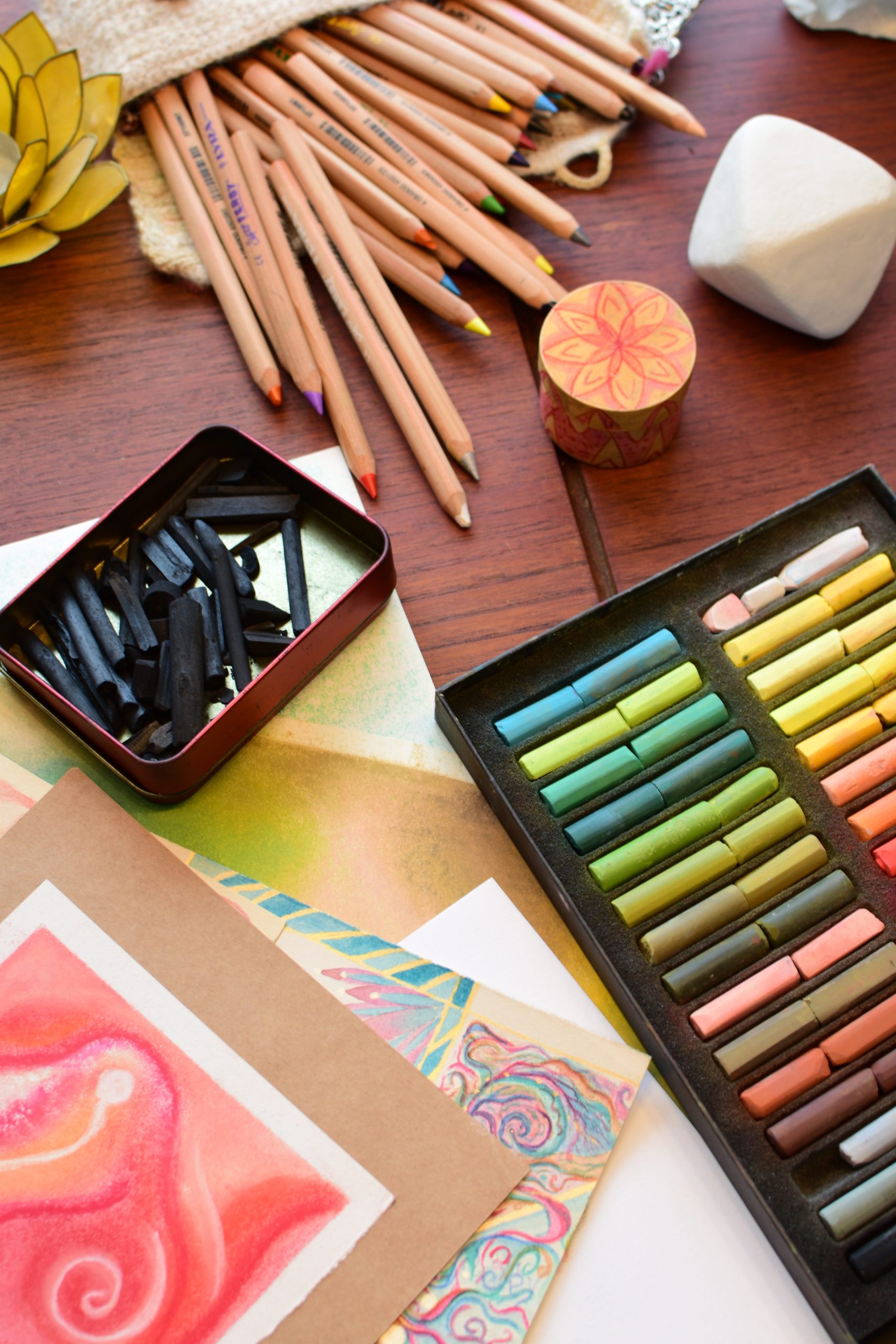
Quality Matters
Do you remember drawing as a child with pencils which hardly gave any color? Or paper that would get all soft, maybe even get holes, when using too much paint on the same spot? I do. Just as I remember the disappointment and frustration in using them.
Using quality material is like running your fingers over a soft piece of fabric. You can really let yourself sink into a colour or into the sound of the pencil or brush going over the paper. In that way it becomes a gateway to your imagination. A space to breathe freely.
Bare with me, this is going to be a long post. If you already know what you are looking for, just click on the link below to be guided to the right section.
Disclaimer: The links below are not affiliate links, which means I will not get a commission if you would purchase something through them. Feel free to browse around yourself. Perhaps there is even a nice art store in your neighbourhood you would like to sponsor by buying your materials there. The links are just there so you know what to look for.
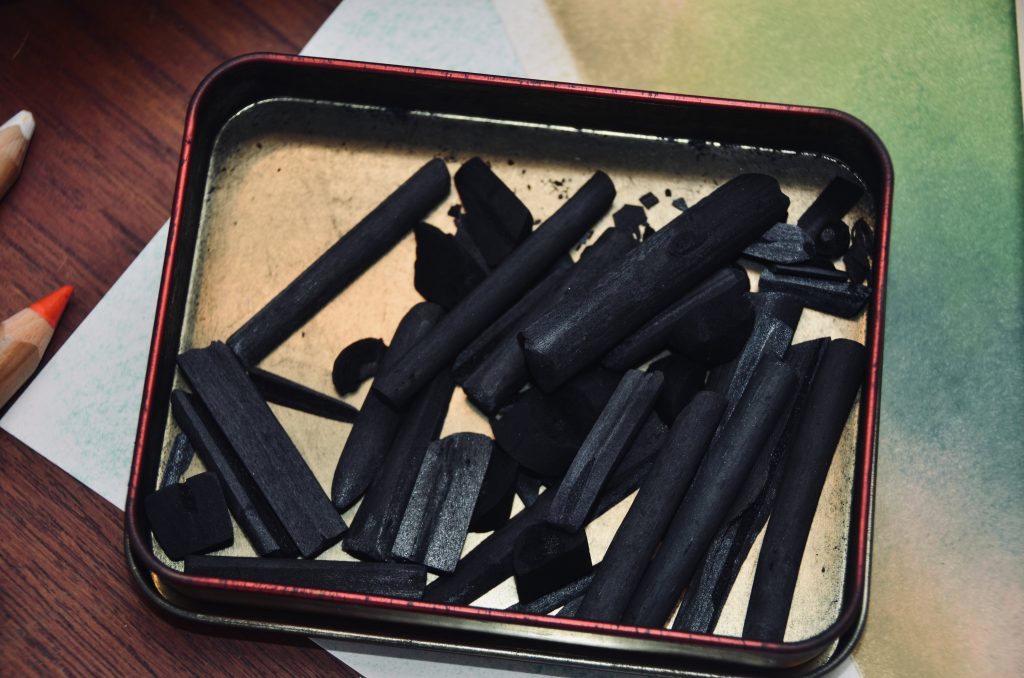
For Drawing
A known brand is Faber-Castell. They have all sorts of pencil sets, both for colour and graphite (grey pencils). Their pencils are soft in use and the colours layer beautifully. To start of I would recommend using these for colour drawings and these for sketches. If you prefer firmer pencils to hold into your hand, I highly recommend Lyra pencils. They are a good fit for both the detailed and broad colouring. For form drawing I tend to use beeswax crayons. They give a nice, thick line and are great for the less detailed work.
Rembrandt is another brand that I mainly use for its soft pastels, but those of Faber-Castell will do just as well. I do think they crumble a little easier than those of Rembrandt.
Lastly there is charcoal, which is, in my humble opinion, less brand dependent. Most importantly is that you give yourself different sizes. The smallest can be 2 mm wide and the broadest 15 mm. I like to use the ones that truly look like burned sticks. In combination with that I use a kneaded eraser, which is lovely to play around in light/dark compositions.
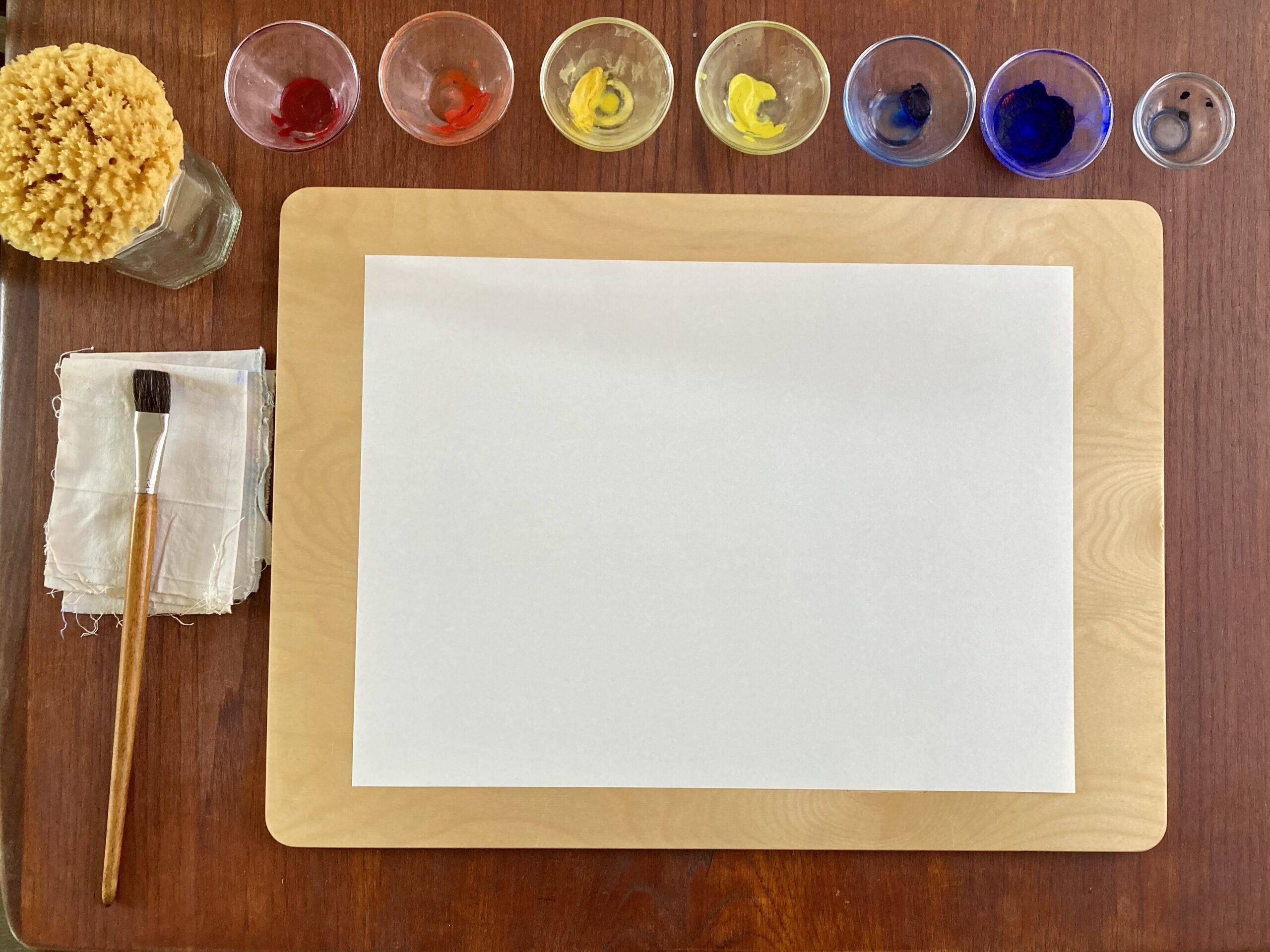
For Painting
There are two types of paint that will pass the revue when it comes to painting, acrylics and watercolour (also known as aquarel). If you are interested in the differences between the two, this post right here is for you.
Now, with painting we would be working with the primary colours: alizarin, cadmium red, cadmium yellow, lemon yellow, ultramarine and intense blue. Sometimes, in watercolour, additional colours are meaningful to work with. Those are: indigo, valerian, permanent rose and burned sienna. White and black can be added when working with acrylics.
For watercolour I use Winsor & Newton (this set covers already most of the colours) and for acrylics Amsterdam Talens. This set has most colours, maybe you would need to add one or two colours, like prussian blue, alizarin red and/or cadmium yellow.
Then we also need brushes. For aquarel a different type is used then for acrylics, because it needs to suck up and hold the water and pigment longer. These brushes are often made of softer animal hair. For the sessions one size is sufficient enough, like this or something similar. It might be easier to get a singular brush at an art store.
The brushes for acrylics are often sturdier and tend to be made of synthetic hairs, like these. The chances are that we would be working on a larger piece of paper, therefore a bigger and a smaller brush will be required.
Additionally it is practical to have a sponge, a piece of old cloth and a jar of water. For the acrylics an egg-box can be perfectly used to put and mix the paint in. Watercolour asks for small waterproof containers.
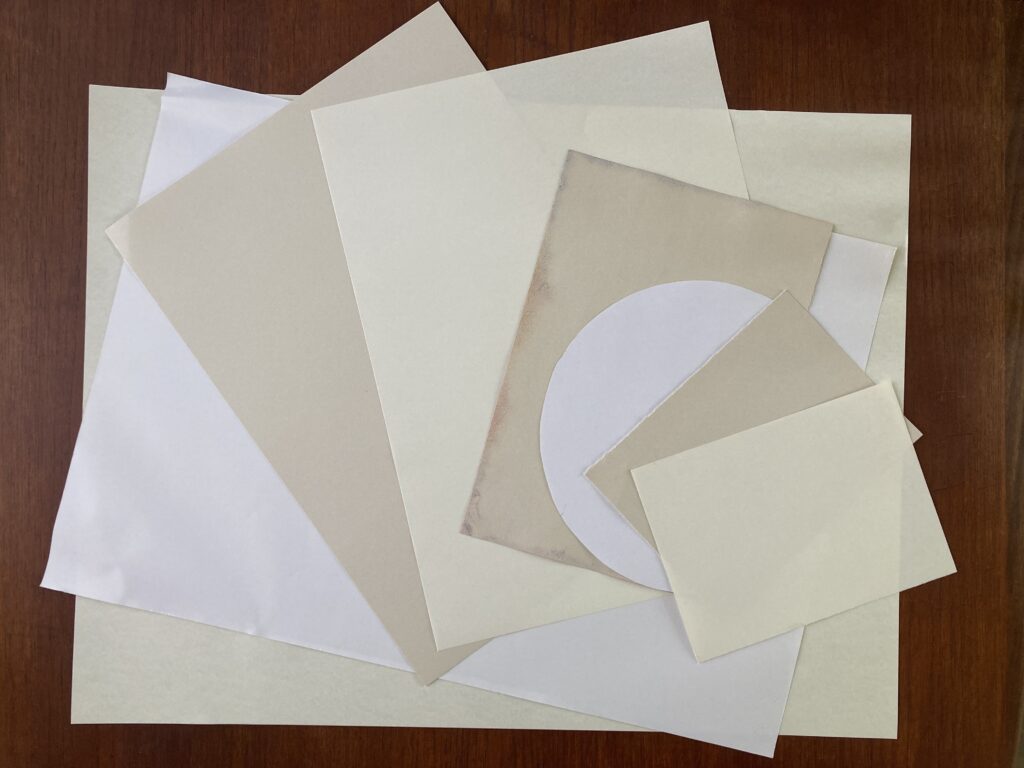
The Paper
Of course you need a surface to put these materials on. While it can be fun to experiment with different materials and sizes, for most drawing and watercolour exercises we will be using this kind of A3 paper. When your question asks for it, A2 paper can be preferred: for aquarel, for acrylics and for drawing. The differences are in the weight of the paper and how the material reacts to its surface.
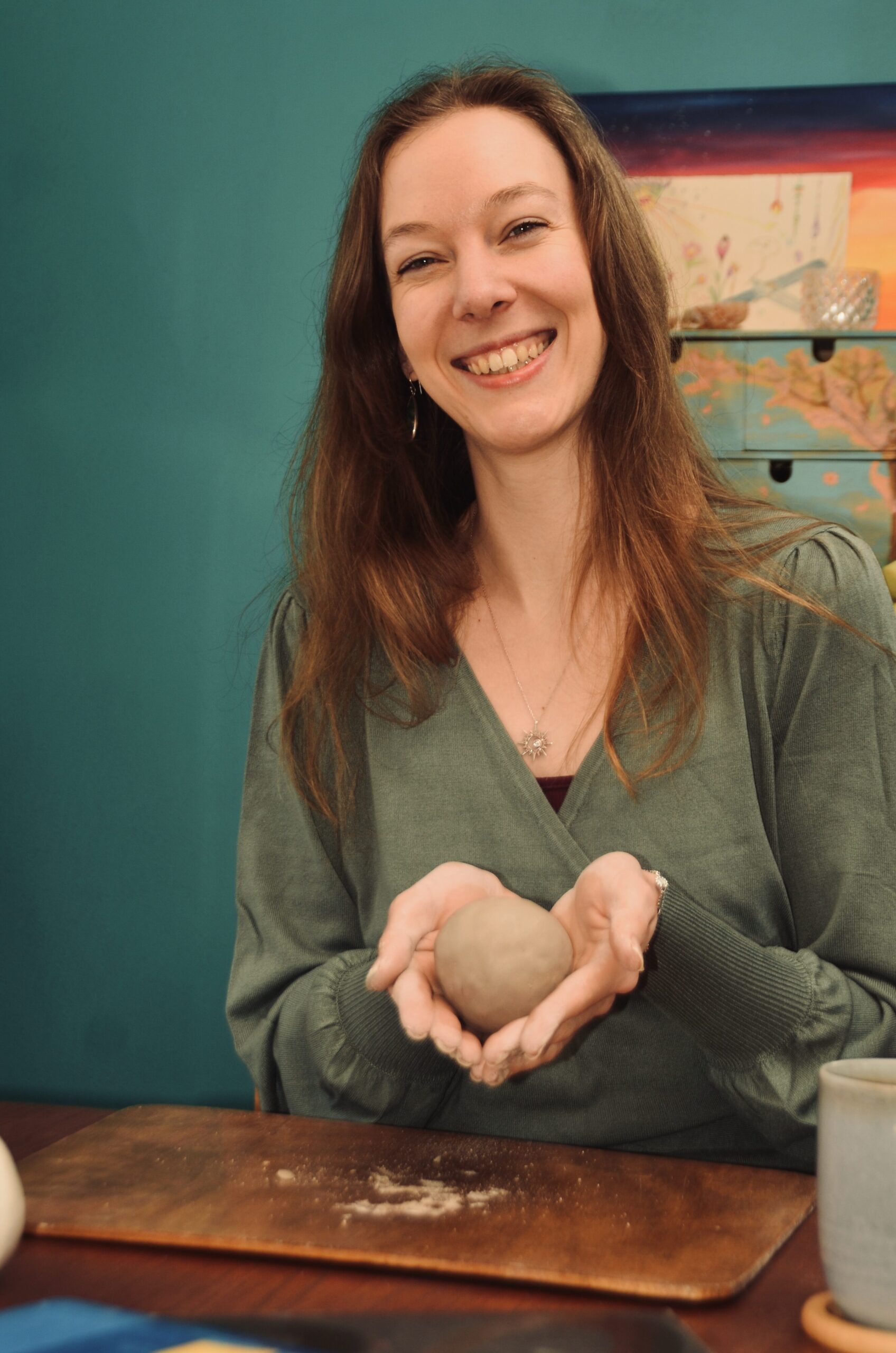
For Sculpture and Felting
Last but not least there is the earthly material of clay and wool.
Clay is pretty easy to come by, the most important is that it is all natural. Something like this will be alright.
Wool is not often required in a session, but when needed it is used for felting. The rest you will probably have at home. Some soap, water and bubble wrap and you are set.
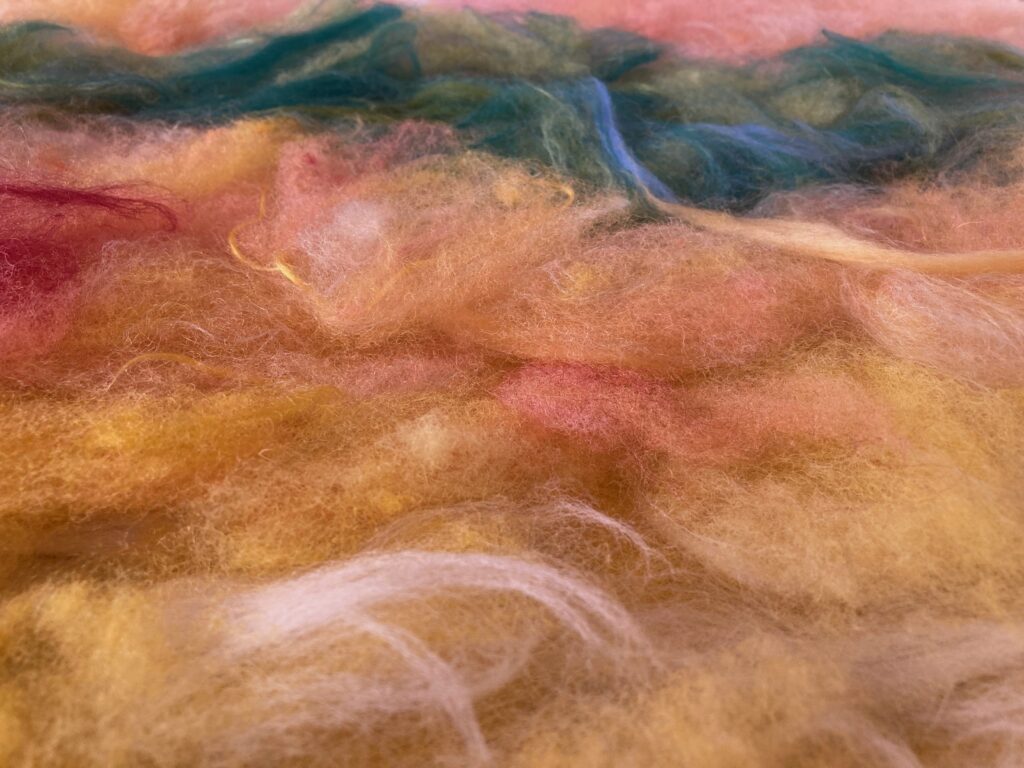
Where to Get Your Material
If you’ve already clicked on one of the links, you’ve noticed that most of them guide you to Amazon. When you are not familiar with art (web)stores, this is the easiest way to get most of your material. You can also have a look on your search machine for ‘art supplies‘ or ‘art material‘ in the language of the country you are residing. If you want to make sure to get the quality you want, it is best to find a (web)store similar to the ones listed below:
Gerstaecker is both a webshop and local store which can be found in The Netherlands, Germany, Austria, France (Le Géant des Beaux-Arts), and England (Great Art).
Dick Blick/ Utrecht Art Supplies is both a webshop and local store in the United States.
Colorbox, Güven Sanat and Anka Sanat are webshops and local stores located in Istanbul, Türkiye.
Still not quite sure what to get or if the supplies available to you are alright? Send a quick message and we will find out together how to get you all ready and set for your next creative session.
Leave a Reply